Selecting the right core material is crucial for the efficiency of magnetizing machines. Soft iron, often annealed, is a common choice due to its low coercivity, meaning it doesn't retain magnetization when the field is removed. This characteristic is vital for devices where magnetic fields are frequently switched. However, solid iron cores in AC applications can induce eddy currents, leading to power losses. To mitigate this, laminated cores made from thin sheets of silicon steel are used, reducing eddy current levels and power losses significantly.
Silicon steel is preferred for its higher resistivity, which diminishes eddy currents. Grain-oriented silicon steel is particularly effective for its anisotropic properties, aligning better with the magnetic field direction, thus optimizing the performance of magnetizing machines. Specialized alloys like mu-metal and permalloy are also used for their superior magnetic properties, although they require careful heat treatment to maintain these characteristics.
For high-frequency applications, powdered metal cores are advantageous. They consist of metal grains bound together, with the space between grains acting as a distributed air gap, influencing permeability and saturation. The choice between materials like standard powdered iron, which is cost-effective, and carbonyl iron, known for its high stability and excellent Q factors, depends on the specific requirements of the magnetizing application in terms of frequency, stability, and cost.






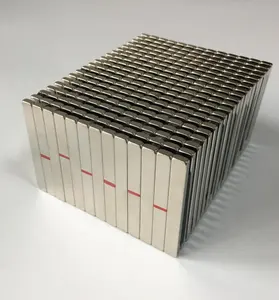


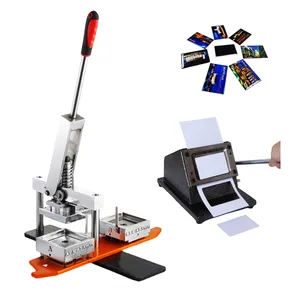
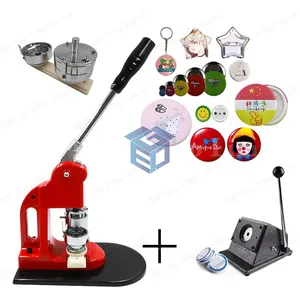
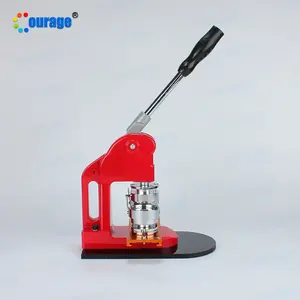
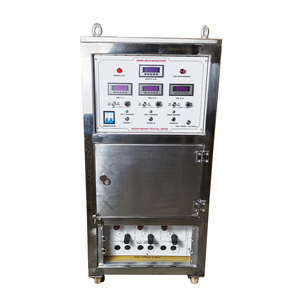
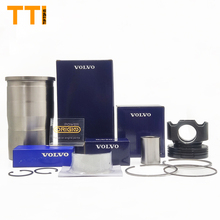







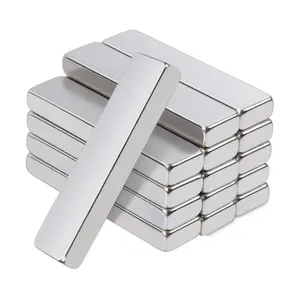

















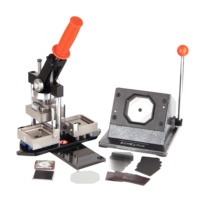
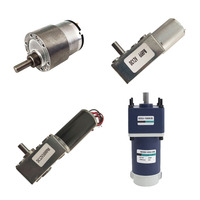
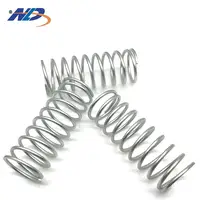








 浙公网安备 33010002000092号
浙公网安备 33010002000092号 浙B2-20120091-4
浙B2-20120091-4